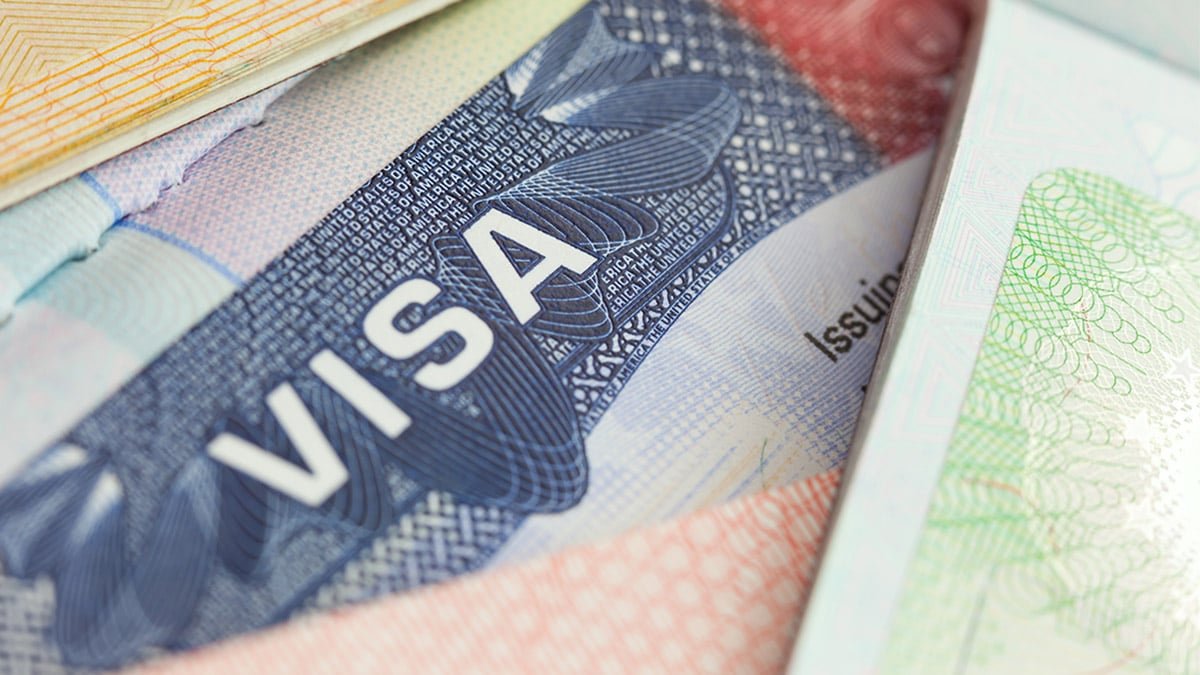A new visualisation shared by journalist Larry Madowo has brought renewed attention to the wide disparities in Schengen visa rejection rates across Africa in 2024. The chart, which ranks African countries by rejection rate, places Comoros at the top with a staggering 62.8%, followed by Guinea-Bissau (47.0%), Senegal (46.8%), and Nigeria (45.9%).
While the chart by Madowo is not available on official EU platforms, his analysis likely draws upon publicly available European Commission data on visa application outcomes. According to SchengenVisaInfo.com, the European Commission recorded high rejection rates in 2024 for countries such as Guinea-Bissau (47.0%) and Senegal (46.8%), confirming the broader trends Madowo highlights.
Other countries facing significant visa rejections include Ghana (45.5%), Congo-Brazzaville (43.0%), and Mali (42.9%). On the other end of the spectrum, Southern African nations recorded much lower rejection rates. Namibia (5.2%), Mauritius (5.6%), and South Africa (5.7%) had some of the best success rates. Notably, São Tomé and Príncipe (0.9%) and Liberia (0.8%) recorded the lowest rejection rates on the continent.
Also Read:
- Cameroonian Man Denied French Visa as Unemployed Wife Approved—Court Overturns “Irrational” Decision
- The Hidden Profits: How Countries Benefit from Rising Student Visa Refusal Rates
- Germany To End Visa Remonstration Process starting July 1, 2025
- Visa-Free African Countries: Nigeria Places Sixth on List
Inequity in Mobility: Africa’s Struggle for Access
The disparities may reflect perceived migration risks, economic instability, and limited consular support in some countries. However, critics argue that the system is opaque and inherently biased against applicants from poorer or politically fragile nations.
Beyond personal travel, high rejection rates hinder business, education, and family visits—slowing down cross-border mobility essential for Africa-EU cooperation.
Top 10 Highest Schengen Visa Rejection Rates in Africa (2024)
Comoros – 62.8%
Guinea-Bissau – 47.0%
Senegal – 46.8%
Nigeria – 45.9%
Ghana – 45.5%
Congo (Brazzaville) – 43.0%
Mali – 42.9%
Guinea – 41.1%
Burundi – 40.0%
Djibouti – 37.8%
Source Acknowledgement
The chart was created by journalist Larry Madowo, who visualised 2024 Schengen visa rejection data by country. While the exact source of his visualisation is not directly accessible, it aligns with official data from the European Commission, as reported by platforms like SchengenVisaInfo For comprehensive data, consult the European Commission’s visa statistics portal.























